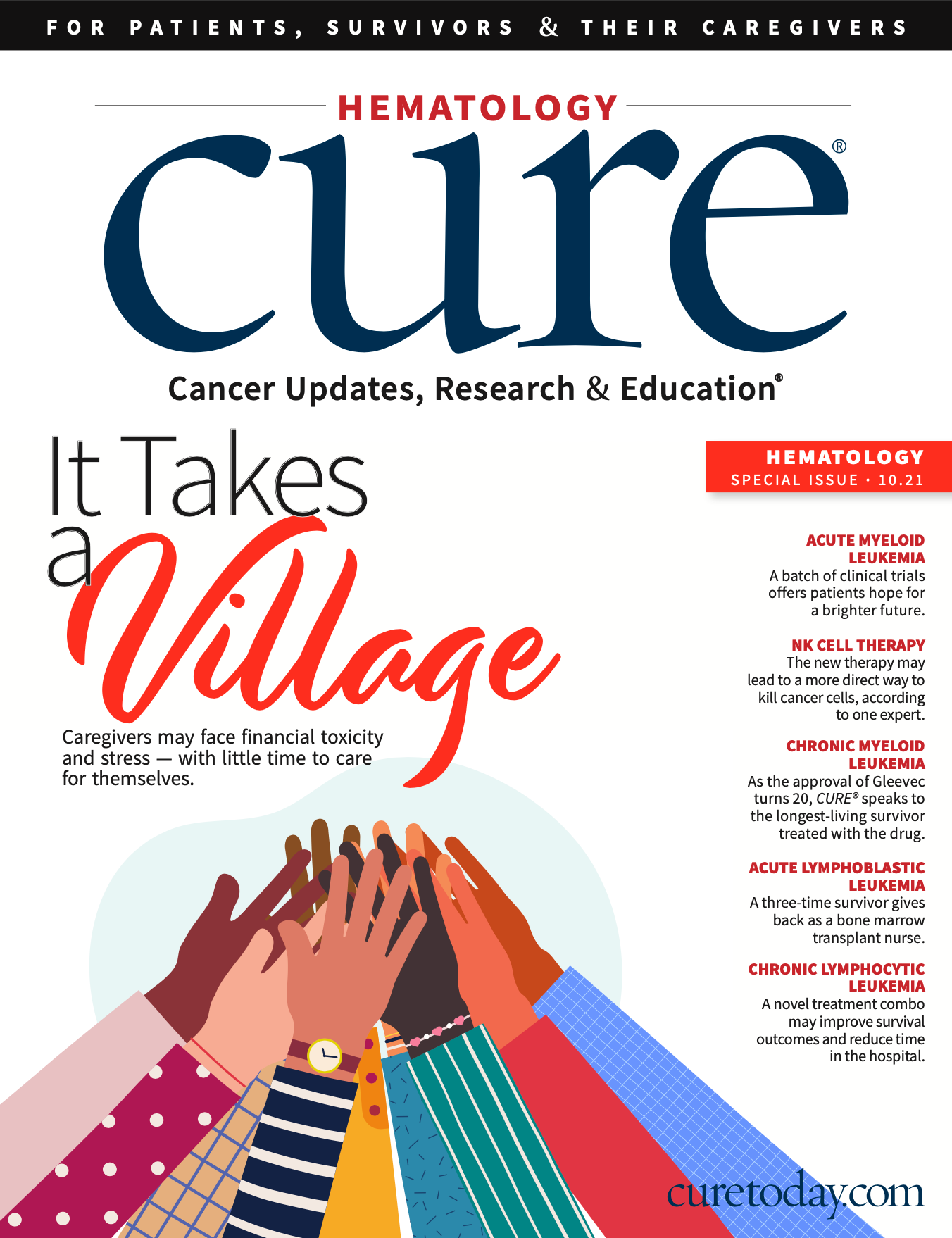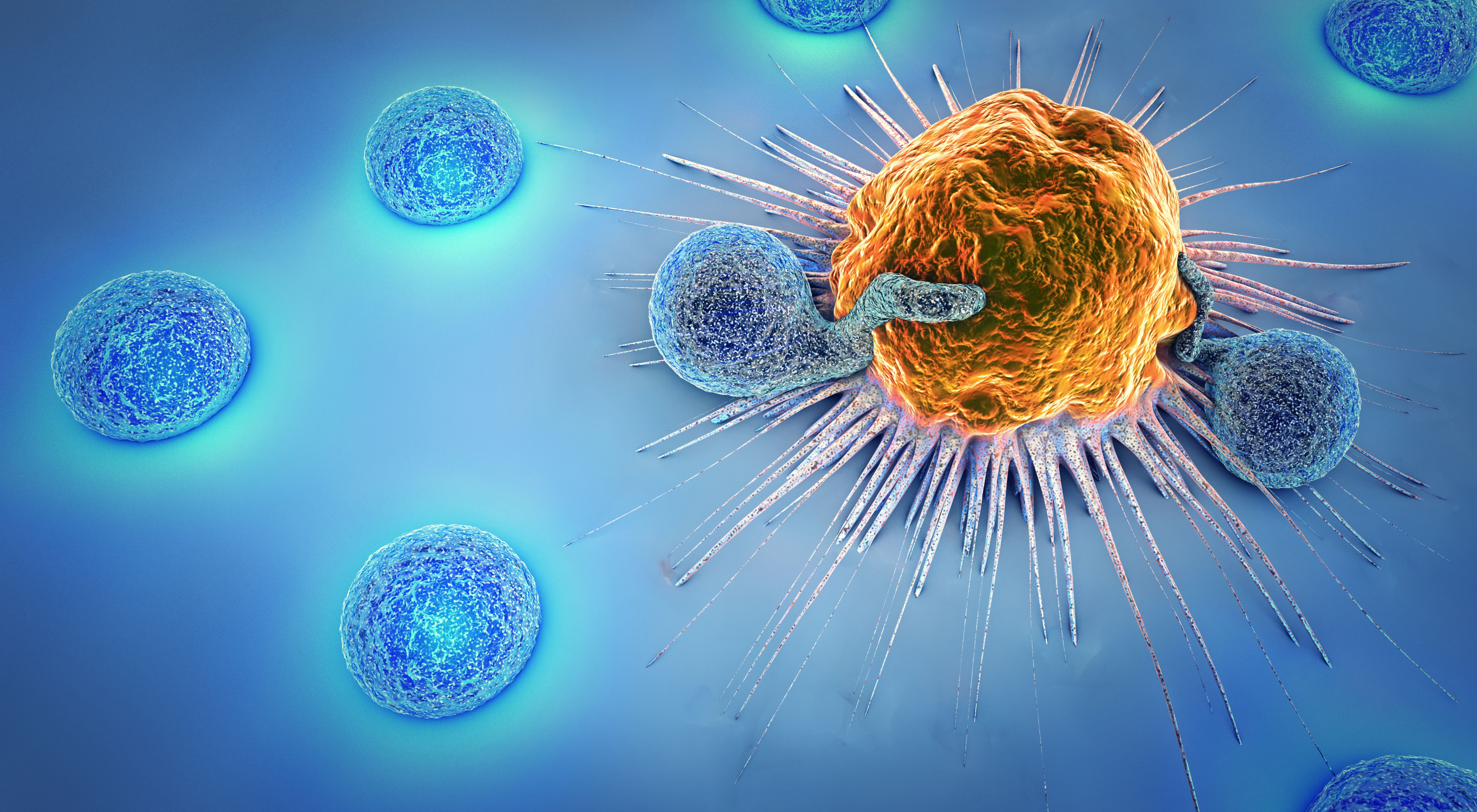Publication
Article
New Treatments and Tips for Dealing With Blood Cancer
Author(s):
New research in blood cancer includes new treatment options for acute myeloid leukemia and a novel therapy using BK virus-specific T cells to treat BK virus-associated hemorrhagic cystitis.
Did you know that every three minutes someone receives a diagnosis of a blood cancer? According to the National Foundation for Cancer Research, blood cancers account for nearly 10% of new cancer diagnoses in the United States annually. That means that approximately 178,520 people will receive a diagnosis this year — most commonly with leukemia, lymphoma or myeloma. And although survival rates have increased dramatically over the past 20 years, there’s still a long way to go when it comes to this patient population.
In this special issue of CURE®, you’ll read about some of the research going on in blood cancer right now, including new treatment options for acute myeloid leukemia and a novel therapy using BK virus-specific T cells to treat BK virus-associated hemorrhagic cystitis (a painful side effect of stem cell transplants).
Dive into the issue for two patient stories, one about a three-time acute lymphoblastic leukemia survivor who now works as a nurse on the bone marrow transplant floor at Barnes-Jewish Hospital in St. Louis. This year also marks the 20th anniversary of the Food and Drug Administration’s approval of Gleevec (imatinib mesylate), the tyrosine kinase inhibitor that saved Mel Mann. Who is Mel Mann? He is the longest-living survivor who was treated with the drug as a part of a clinical trial for chronic myeloid leukemia.
And because cancer is not a disease one should have to face alone, our cover story looks at the responsibilities and experiences of caregivers to patients with blood cancer. Not only will you read about what they’ve gone through, but you’ll also find extra resources and tips for navigating the patient-caregiver relationship.
As always, thank you for reading.
For more news on cancer updates, research and education, don’t forget to subscribe to CURE®’s newsletters here.





